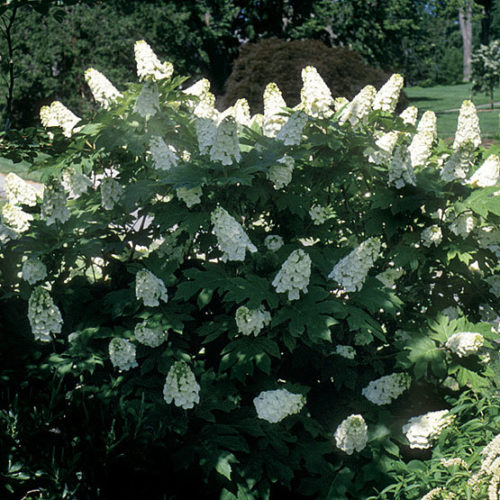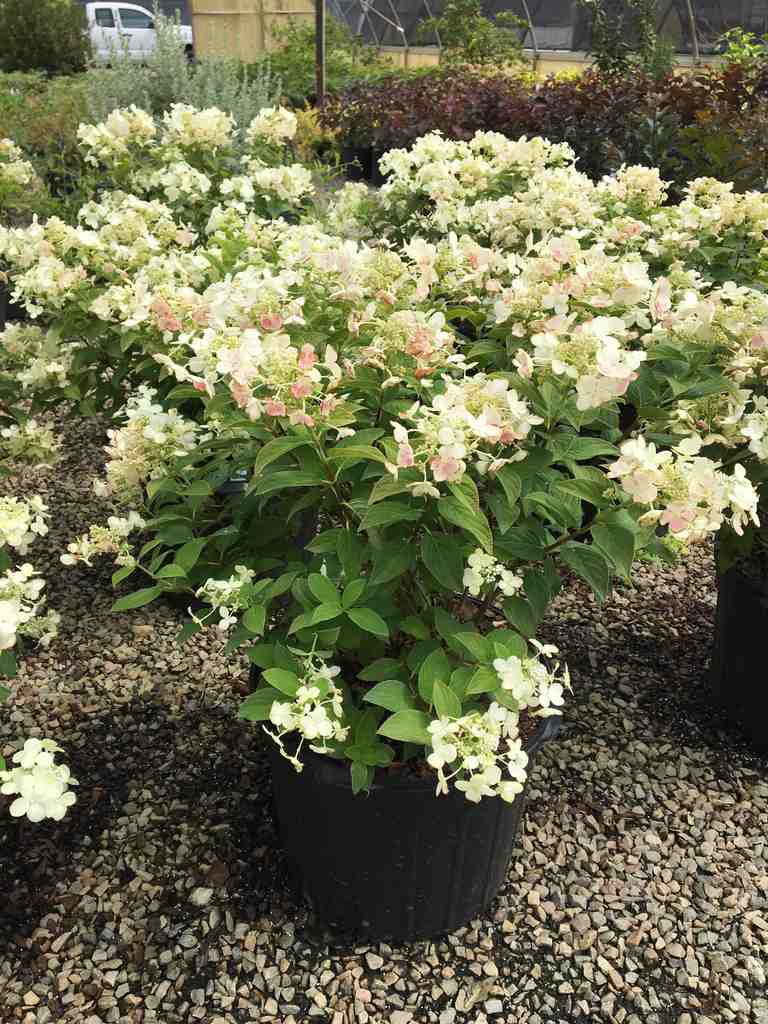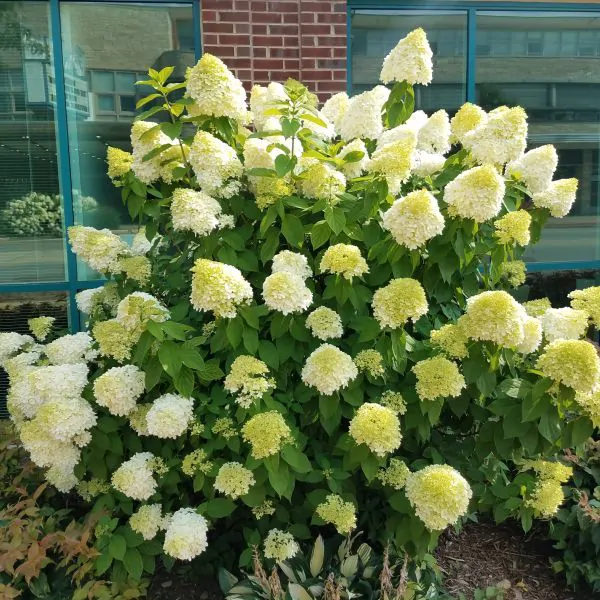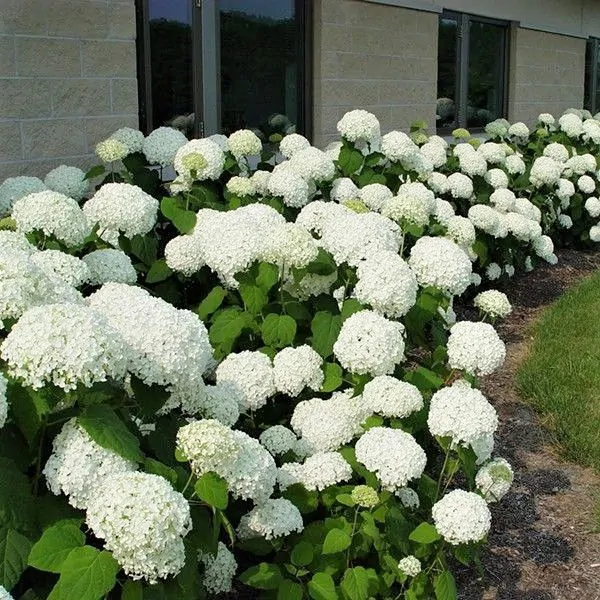Dark Leaf Hydrangeas: The Perfect Plant For A Dramatic Look
Dark Leaf Hydrangeas: The Perfect Plant for a Dramatic Look
Hydrangeas are some of the most popular and beloved flowering shrubs in the world. They come in a wide variety of colors, sizes, and shapes, making them a versatile addition to any garden. But if you're looking for a truly dramatic plant, dark leaf hydrangeas are the way to go.
Dark leaf hydrangeas, also known as black hydrangeas, are a type of hydrangea that has deep green or black leaves. They contrast beautifully with the bright flowers of other hydrangeas, creating a striking visual effect. Dark leaf hydrangeas are also relatively low-maintenance, making them a great choice for busy gardeners.
In this blog post, we will discuss the different types of dark leaf hydrangeas, how to care for them, and how to use them in your garden. We will also answer some common questions about dark leaf hydrangeas.
Types of Dark Leaf Hydrangeas
There are several different types of dark leaf hydrangeas. Some of the most popular varieties include:
- Hydrangea macrophylla 'Nikko Blue': This variety has deep green leaves and large, blue flowers.
- Hydrangea macrophylla 'Black Lace': This variety has dark green leaves with a lacey appearance. The flowers are a lighter shade of green.
- Hydrangea quercifolia 'Snowflake': This variety has dark green leaves that resemble oak leaves. The flowers are white.

- Hydrangea paniculata 'Black Diamond': This variety has dark green leaves and large, white flowers that bloom in late summer.

Caring for Dark Leaf Hydrangeas
Dark leaf hydrangeas are relatively easy to care for. They prefer full sun to partial shade and well-drained soil. They are also relatively drought tolerant.
In the spring, you can fertilize dark leaf hydrangeas with a balanced fertilizer. You may also need to add lime to the soil if it is too acidic. Dark leaf hydrangeas are susceptible to leaf spot and powdery mildew, so it is important to keep an eye out for these diseases and treat them promptly if they occur.
Using Dark Leaf Hydrangeas in Your Garden
Dark leaf hydrangeas can be used in a variety of ways in your garden. They can be planted as a specimen shrub, in a hedgerow, or in a mixed border. They can also be used in containers.
Dark leaf hydrangeas make a striking statement when planted in front of a light-colored wall or fence. They can also be used to add contrast to a garden that is dominated by lighter colors.
If you are looking for a low-maintenance, dramatic plant for your garden, dark leaf hydrangeas are a great option. With their deep green or black leaves and bright flowers, they are sure to add a touch of elegance and sophistication to your outdoor space.
Are you looking for a unique and beautiful addition to your garden? If so, you may want to consider planting a dark leaf hydrangea. These stunning shrubs are known for their dark green leaves and large, showy flowers. They can add a touch of elegance and sophistication to any landscape.
If you're interested in learning more about dark leaf hydrangeas, I recommend visiting . This website has a wealth of information on the topic, including plant care tips, propagation instructions, and stunning photos of dark leaf hydrangeas in bloom. You can also find a variety of resources on how to choose the right dark leaf hydrangea for your climate and gardening style.
So what are you waiting for? Visit today and learn more about these amazing plants!
FAQ of dark leaf hydrangea
- Q: What is a dark leaf hydrangea? A: A dark leaf hydrangea is a type of hydrangea that has dark green leaves. Some popular varieties of dark leaf hydrangeas include oakleaf hydrangea, Annabelle hydrangea, and Limelight hydrangea.
- Q: Why do dark leaf hydrangeas have dark leaves? A: The dark color of dark leaf hydrangea leaves is due to the high concentration of anthocyanins in the leaves. Anthocyanins are pigments that give plants their red, blue, and purple colors. Dark leaf hydrangeas typically have more anthocyanins in their leaves than other types of hydrangeas.
- Q: How can I make my hydrangea leaves darker? A: There are a few things you can do to make your hydrangea leaves darker. First, make sure your hydrangea is getting enough sunlight. Dark leaf hydrangeas need at least 6 hours of sunlight per day. Second, fertilize your hydrangea with a fertilizer that is high in phosphorus. Phosphorus helps to promote the production of anthocyanins in the leaves. Finally, you can also try adding some peat moss to the soil around your hydrangea. Peat moss helps to acidify the soil, which can also help to darken the leaves of your hydrangea.
- Q: What are some common problems that dark leaf hydrangeas can face? A: Dark leaf hydrangeas are generally quite hardy plants, but they can be susceptible to a few common problems. One common problem is leaf spot, which is a fungal infection that can cause brown spots to appear on the leaves. Another common problem is powdery mildew, which is a fungal infection that can cause a white powdery coating to appear on the leaves. If you notice any problems with your hydrangea, it is important to treat them promptly to prevent the problem from getting worse.
- Q: How do I care for a dark leaf hydrangea? A: Dark leaf hydrangeas are relatively easy to care for. They need full sun or partial shade and well-drained soil. They should be watered regularly, especially during hot, dry weather. Dark leaf hydrangeas also benefit from being fertilized in the spring and fall. With proper care, dark leaf hydrangeas can thrive for many years.
Image of dark leaf hydrangea
Here are 5 different images of dark leaf hydrangea from Pinterest:
This type of hydrangea has deep blue leaves that are almost black. It is a beautiful addition to any garden and can be grown in either full sun or partial shade.
Limelight hydrangea is another type of hydrangea that has dark leaves. The leaves are a deep green color that can sometimes appear almost black. This type of hydrangea is known for its large, showy flowers that bloom in the summer.
Annabelle hydrangea is a type of hydrangea that has light green leaves that can sometimes appear almost white. However, in the fall, the leaves turn a deep red or purple color. This type of hydrangea is known for its large, white flower clusters that bloom in the summer.
Masquerade hydrangea is a type of hydrangea that has leaves that can change color throughout the year. In the spring, the leaves are a light green color. In the summer, the leaves turn a dark green color. And in the fall, the leaves turn a deep red or purple color. This type of hydrangea is known for its large, colorful flower clusters that bloom in the summer.
Quercifolia hydrangea is a type of hydrangea that has leaves that resemble the leaves of an oak tree. The leaves are a deep green color and have a serrated edge. This type of hydrangea is known for its large, white flower clusters that bloom in the summer.






Post a Comment for "Dark Leaf Hydrangeas: The Perfect Plant For A Dramatic Look"